Google Directory Security Groups
Google Directory Security Groups are Security Principals, which means they can be used to secure objects in Google Directory. Bydefault security groups are mail enabled type. They can be created natively in Google Directory, or synced from Windows AD with Google Directory. Their membership can be dynamically assigned based on the Rule set
Note- This is an optional step, you can skip this step if you do not want to assign any security groups by clicking on the Save&Next button.
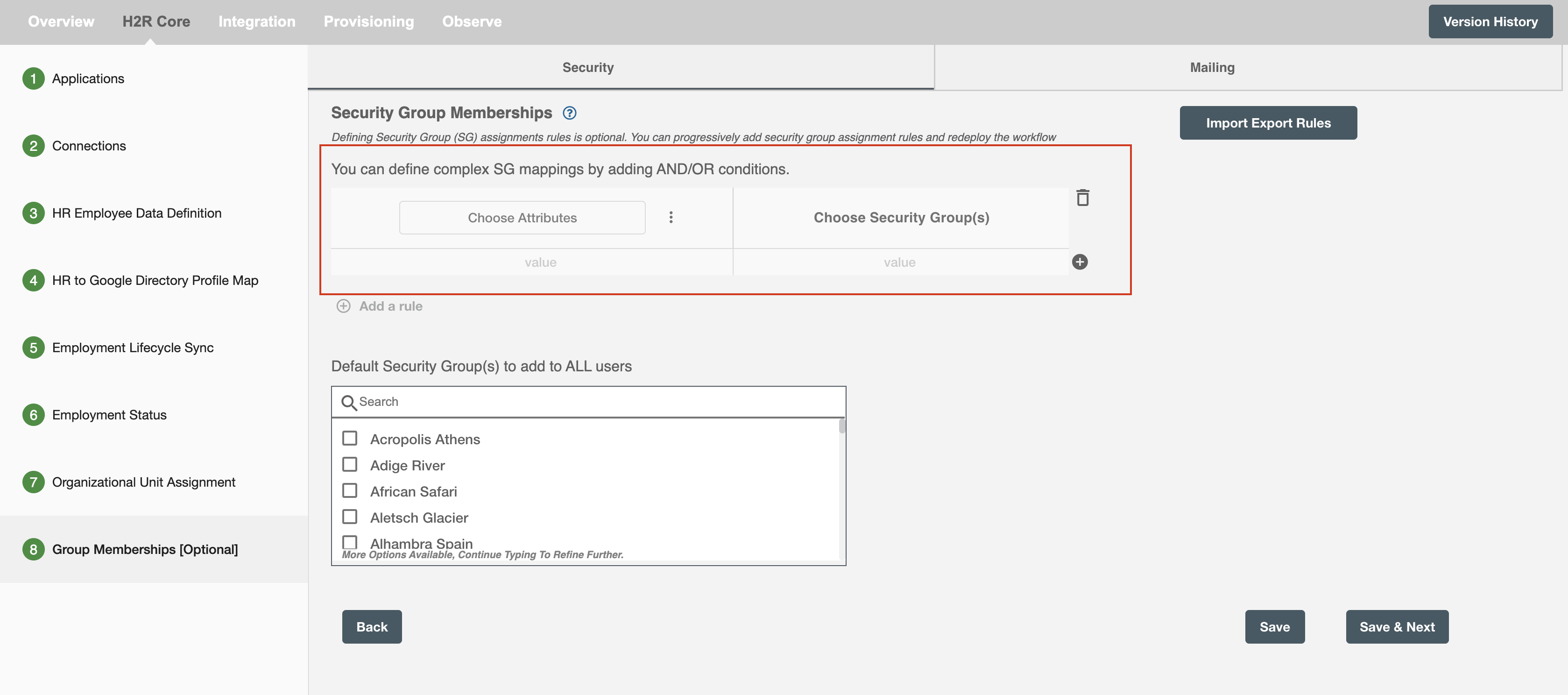
How to create a Rule for assigning Security Groups to users?¶
Once you are on this step you will see a section under the heading Security Group Membership. This section represents a rule based on which security groups can be assigned to selected users.
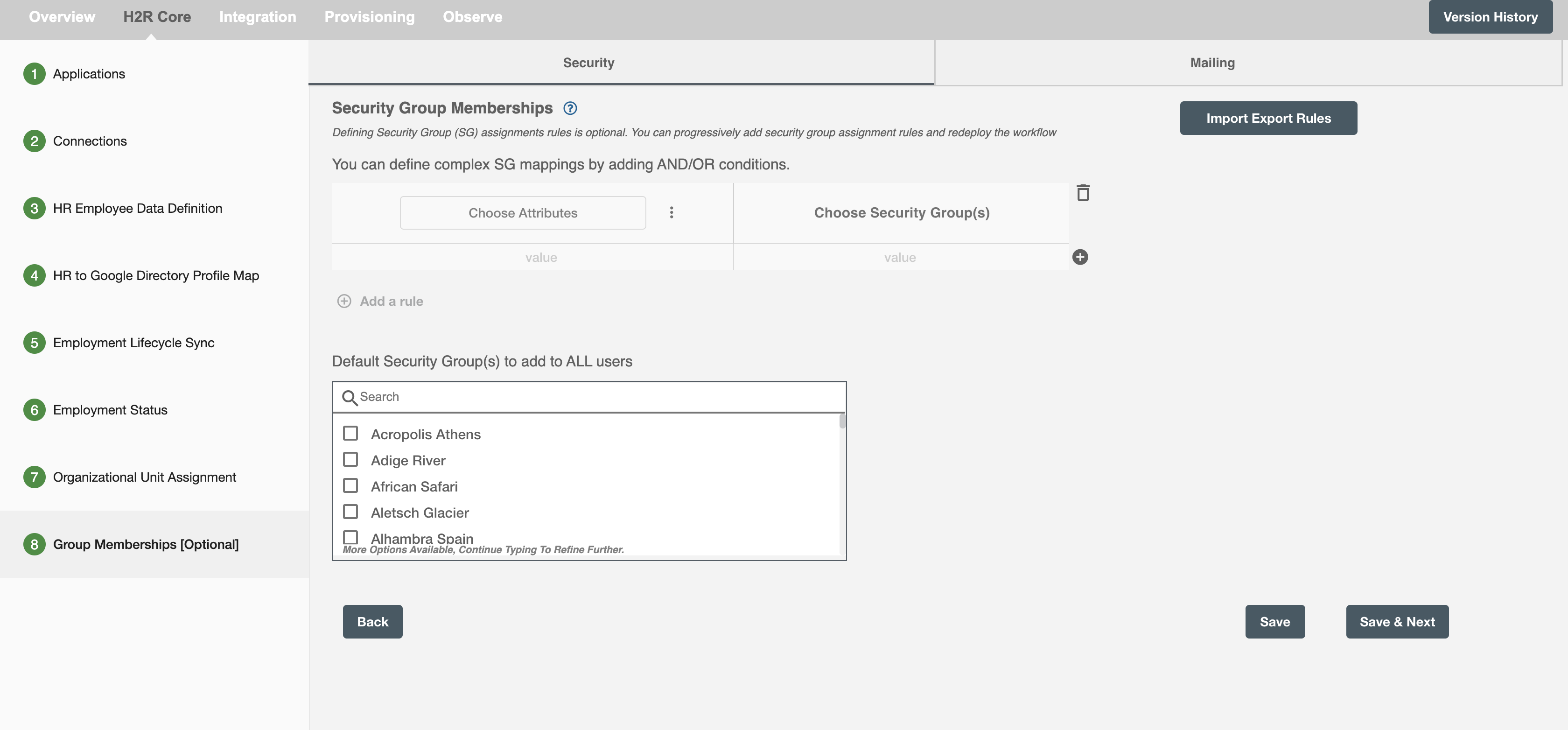
Following are the steps to create a rule -
-
Firstly, you can set up the filters to select the users you want to assign Security groups to. You can create a filter using the following steps -
- Click on "Choose Attribute" and select employee attribute and operation you want to apply to match that attribute.
- Next, you get a "Value" field where you type the value you want to match the attribute with and also choose the OU you want to assign.
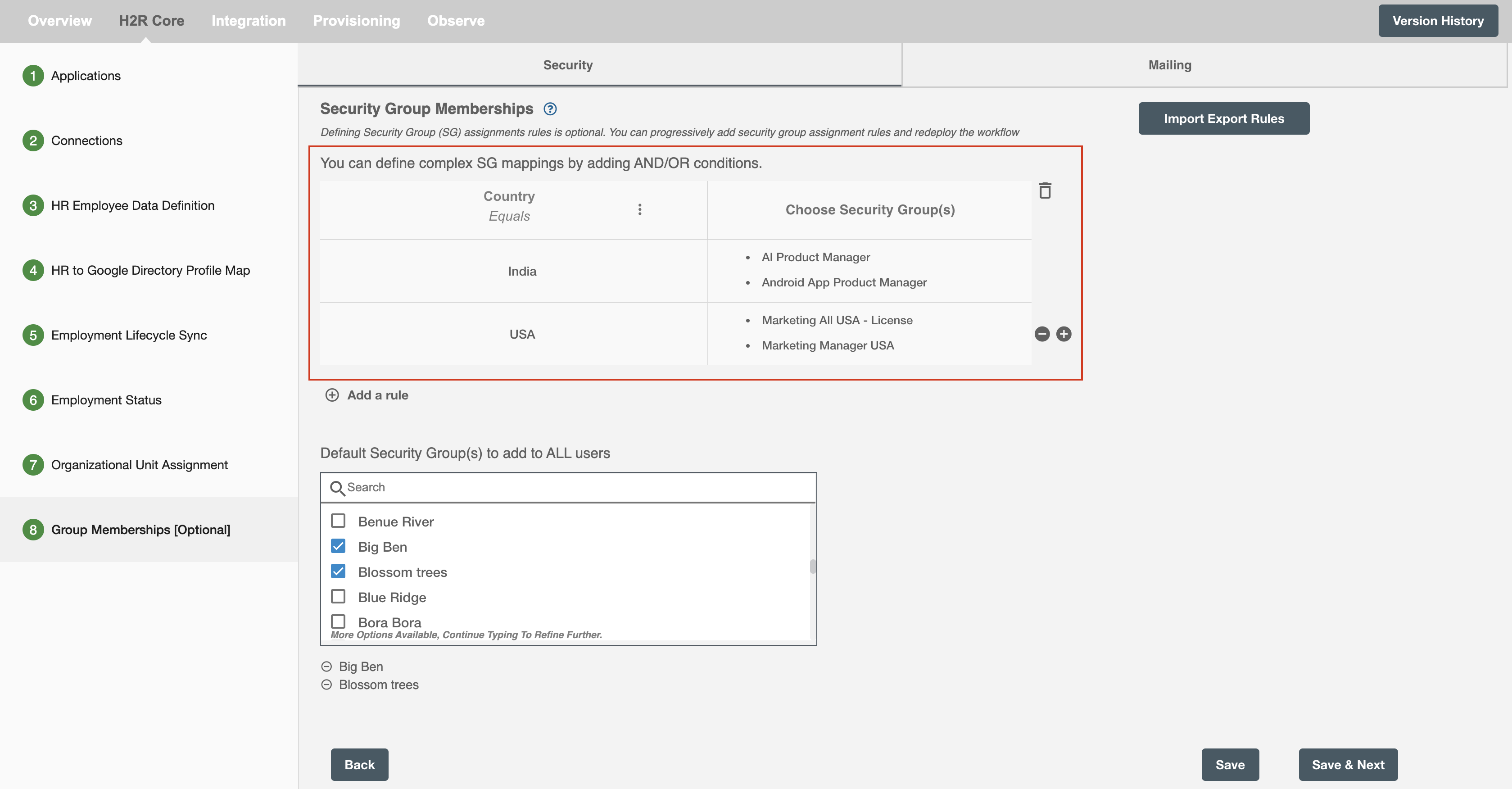 Figure 3. Example of a filter
Figure 3. Example of a filter -
You can add multiple filters using the "AND" and "OR" logic. These logics can be added using the
:button present on the right of the value input field. -
You can add and remove multiple rows of the above filters using
+and-buttons respectively inside the box.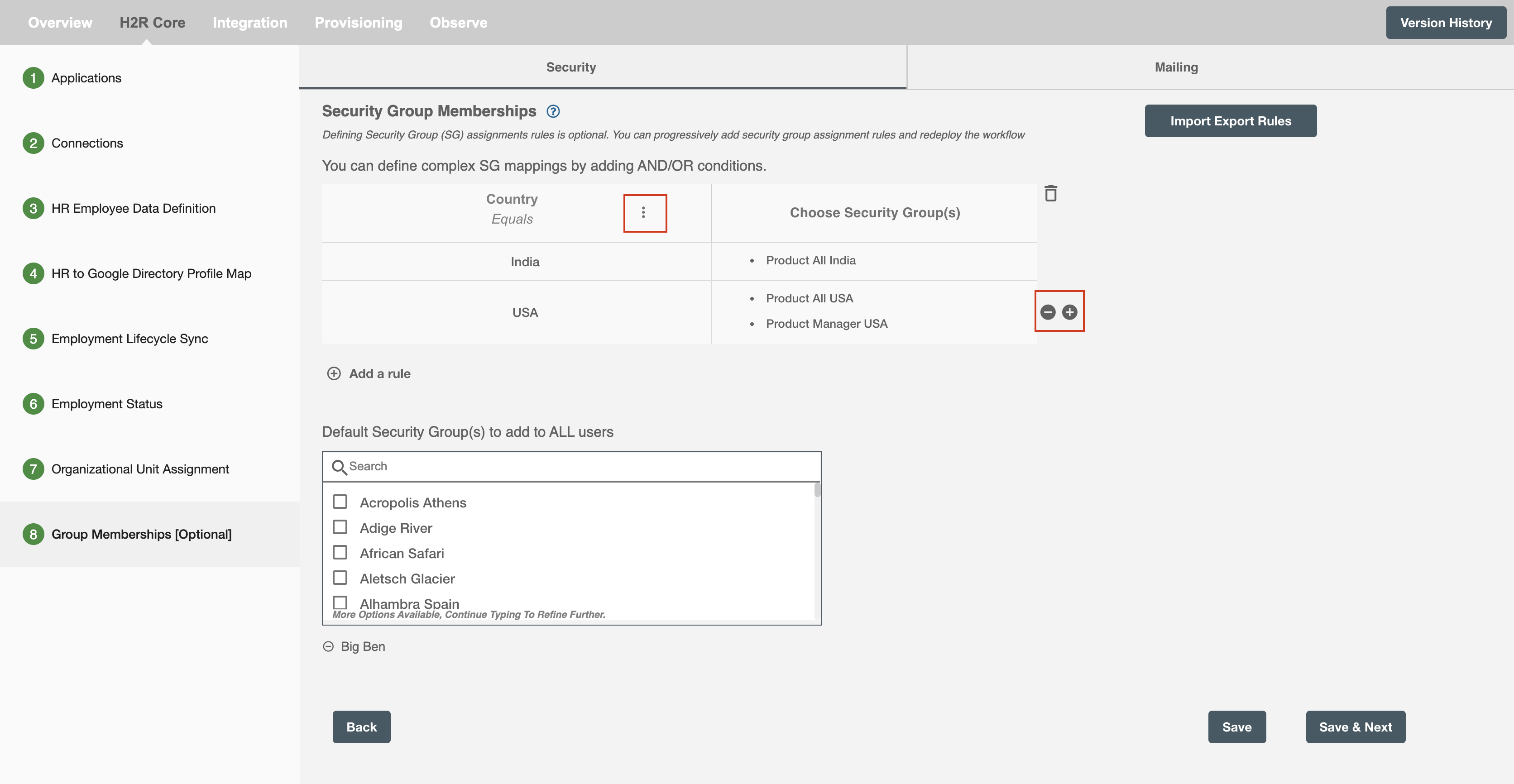 Figure 4. Security Groups dropdown to select Groups.4. You can add multiple mappings using "Add a rule" button.
Figure 4. Security Groups dropdown to select Groups.4. You can add multiple mappings using "Add a rule" button.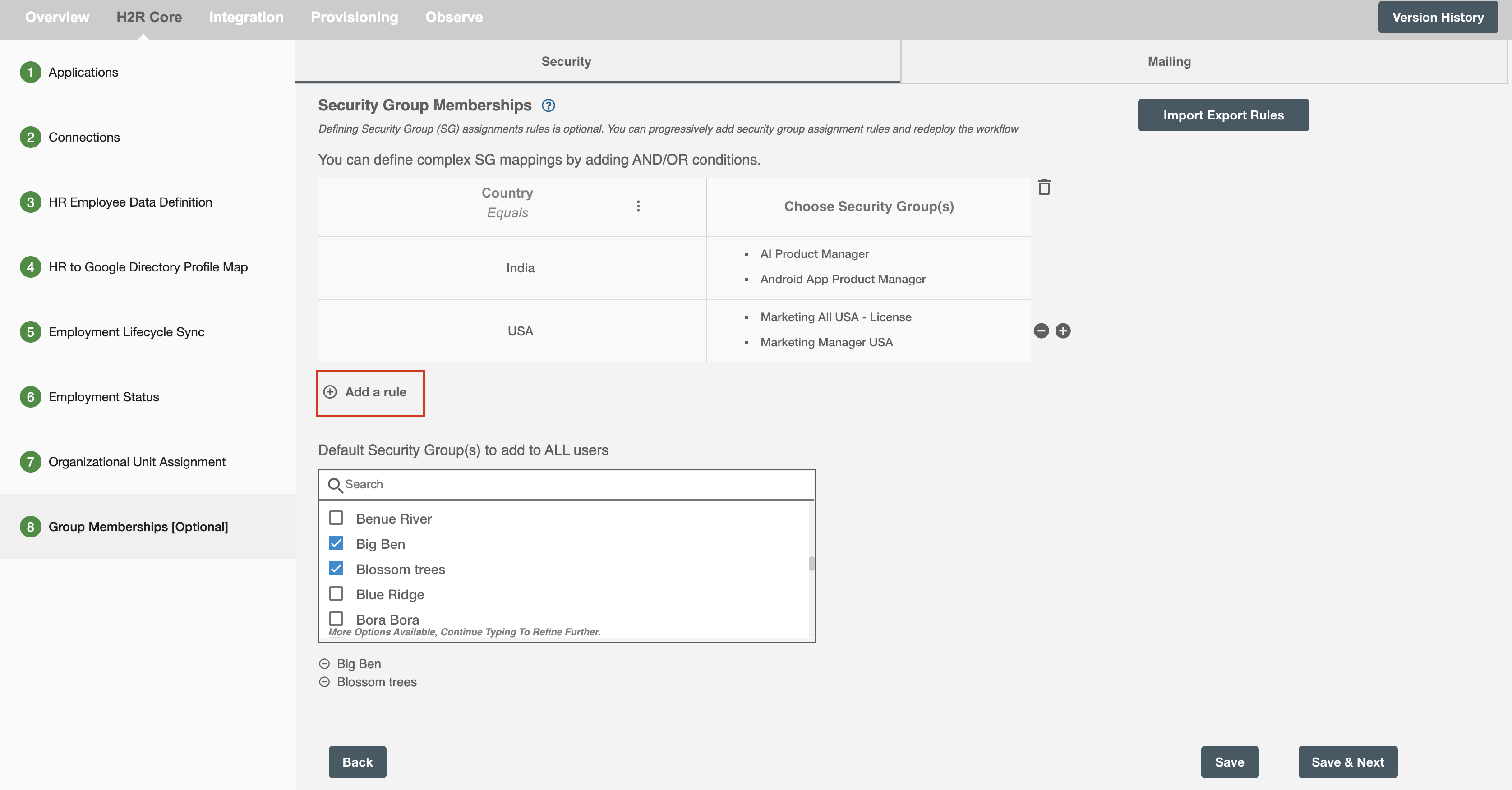 Figure 5. Add a rule button.
Figure 5. Add a rule button.
Adding default security groups to all users¶
In addition to rule-based security groups, all employees will also be assigned with default security groups. Simply search and select the security groups you want to apply to the entire company.
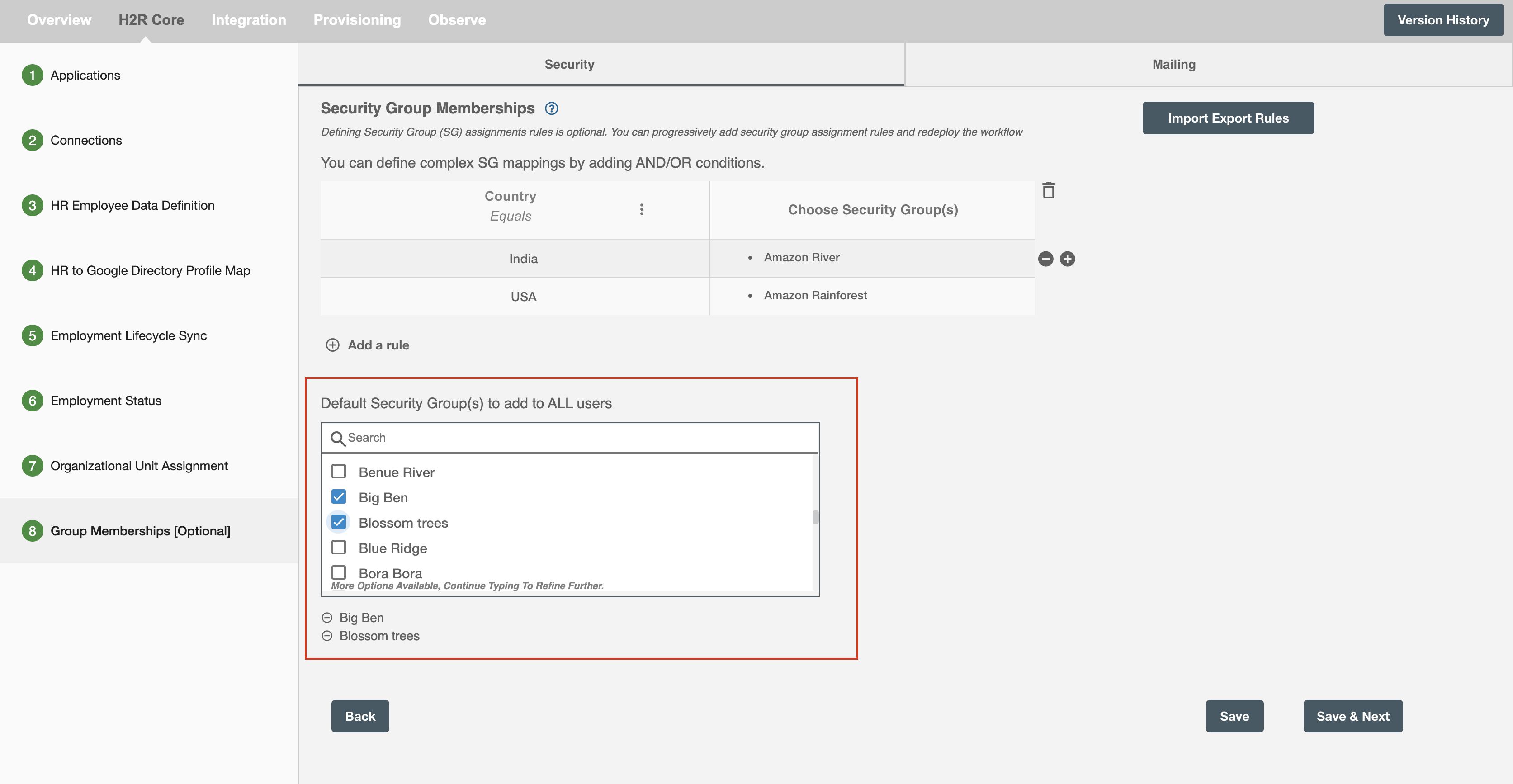
Import And Export Mapping Rules¶
Using this feature, you will be able to import all the mapping rules by uploading a .csv or .xlsx file. Also, you can export all the mapping rules as a .csv/.xlsx file.
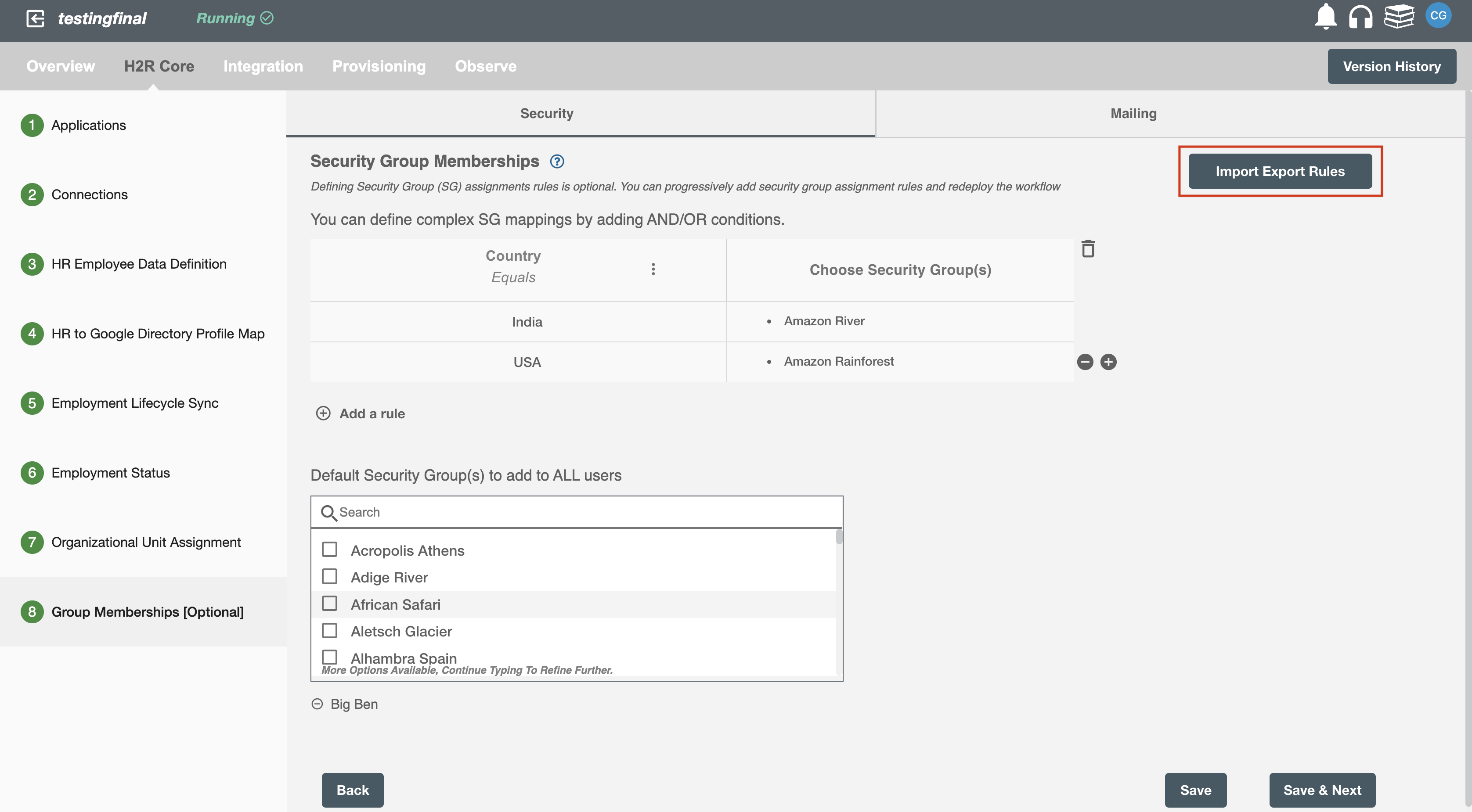
to import or export a file, you have to first click on Import/Export Mapping Rules button. Clicking on this button will open a Dialog box containing two tabs, one is for importing and the other is for exporting the mapping rules. By default, if the form is valid, you will be redirected to the Export tab. Otherwise, the Export tab will remain disabled, and you will be redirected to the Import tab.
Importing mapping rules¶
Steps for importing file:
-
Choose the import tab from the dialog box.
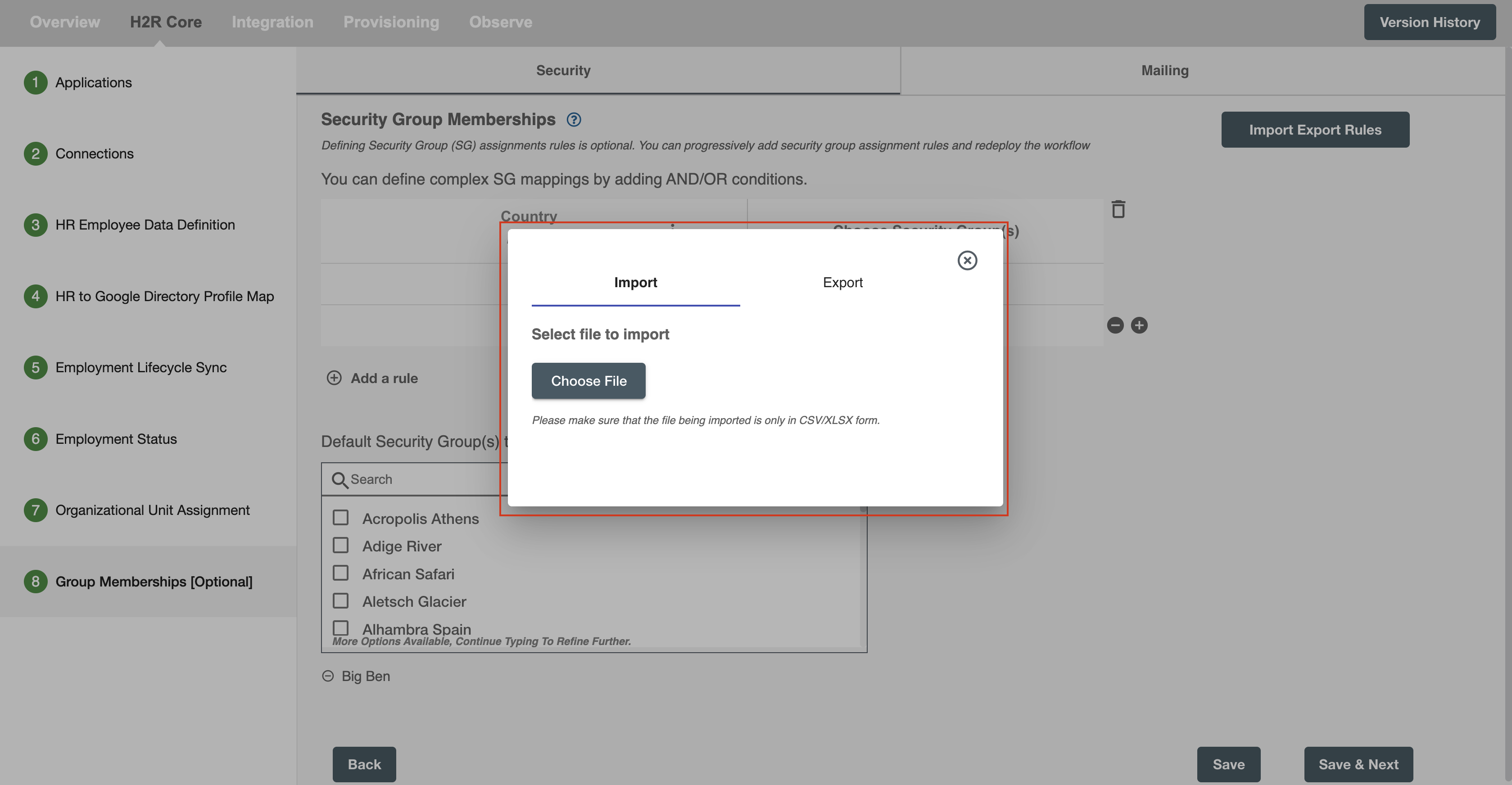 Figure 8. Dialog Box for Importing .xlsx or .csv File
Figure 8. Dialog Box for Importing .xlsx or .csv File -
Now click on the Choose File button to choose the file you want to import. Clicking on the button will open a file directory from which you can select .csv or .xlsx file.
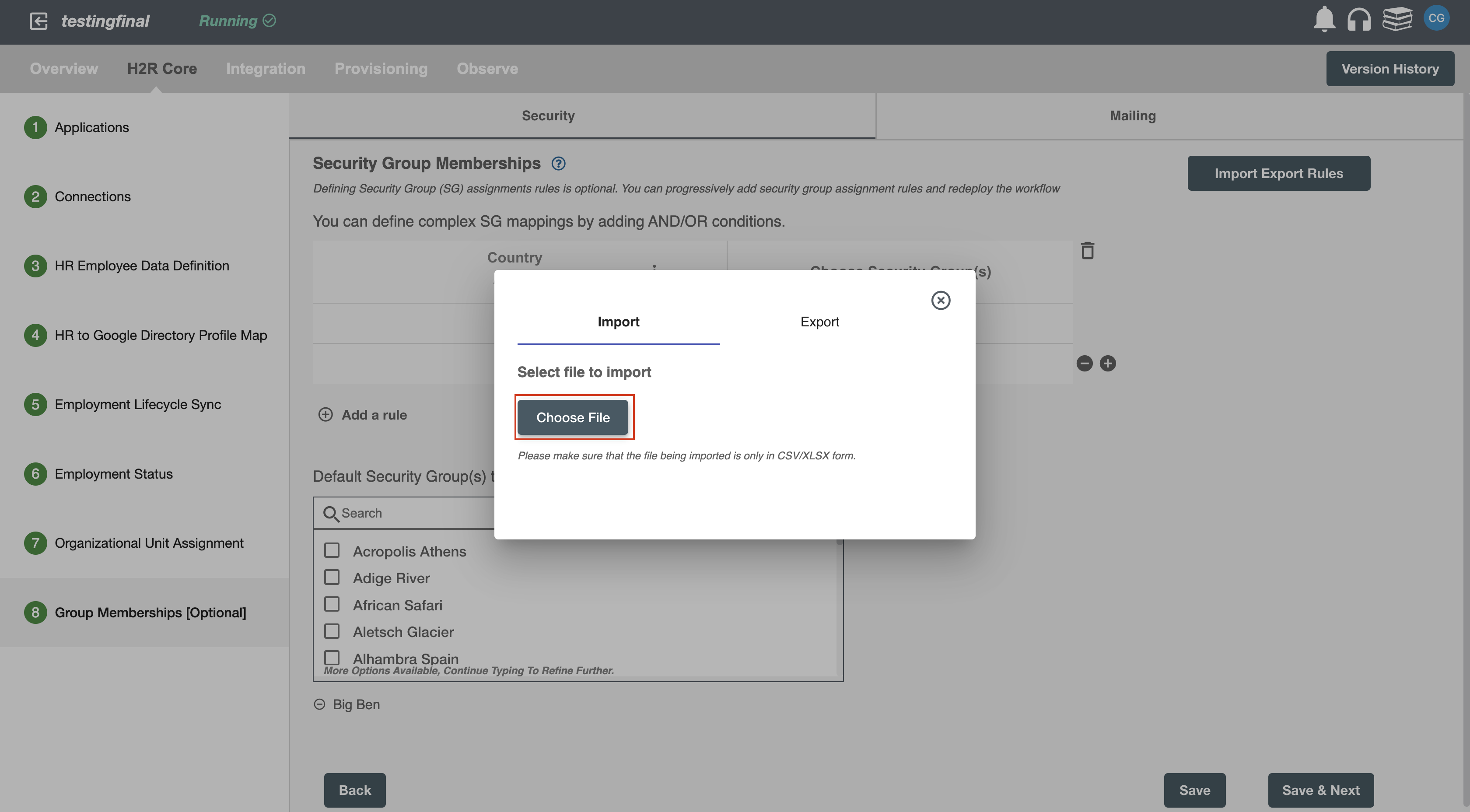 Figure 9. "Choose File" button for choosing the file to be imported.
Figure 9. "Choose File" button for choosing the file to be imported.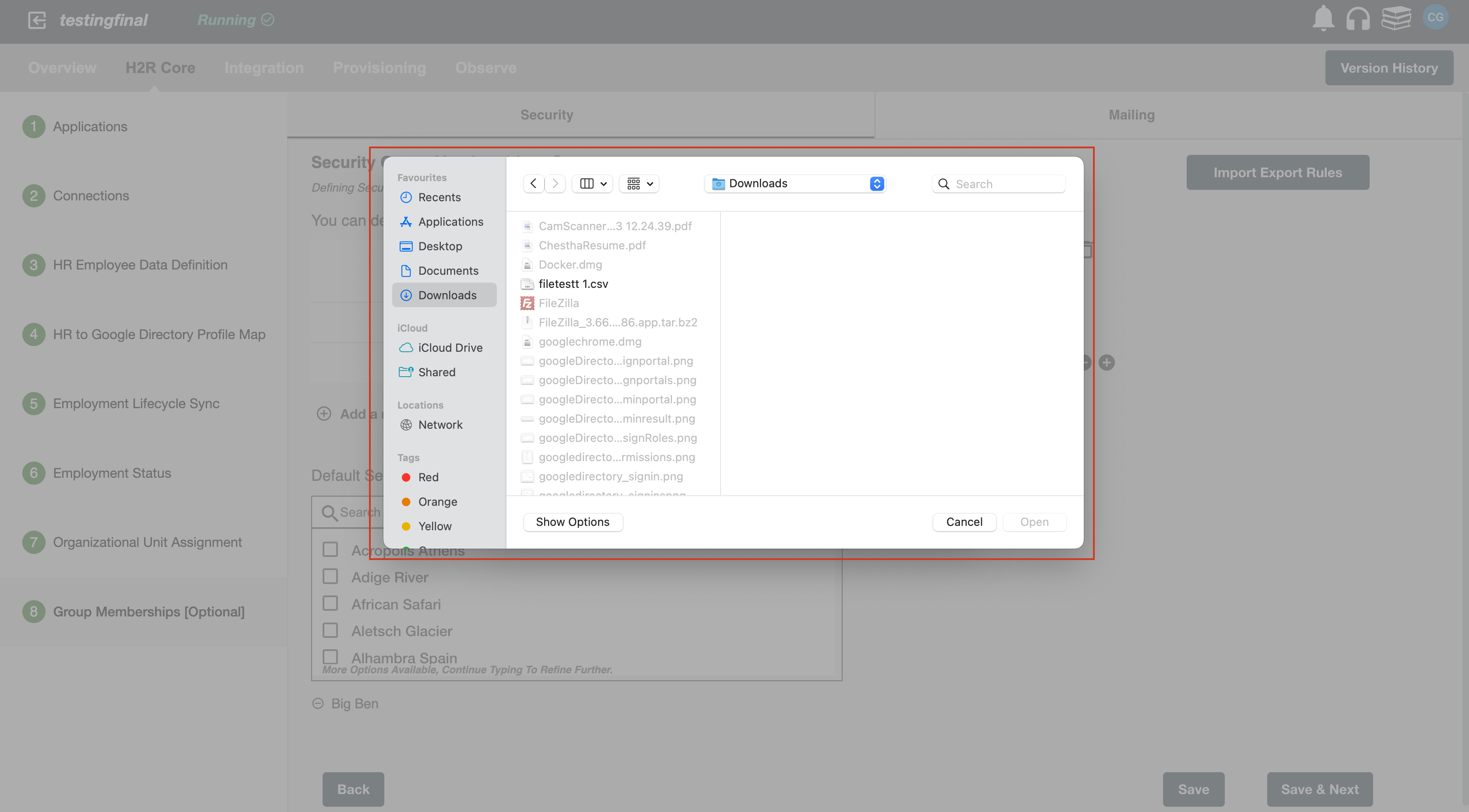 Figure 10. Windows Tab for choosing .xlsx or .csv File.
Figure 10. Windows Tab for choosing .xlsx or .csv File. -
After doing the first 2 steps, please wait while your file gets imported, and rules get created.
Exporting mapping rules¶
Steps for exporting file:
-
Choose the Export tab from a dialog box.
 Figure 11. Dialog Box for Exporting File.
Figure 11. Dialog Box for Exporting File.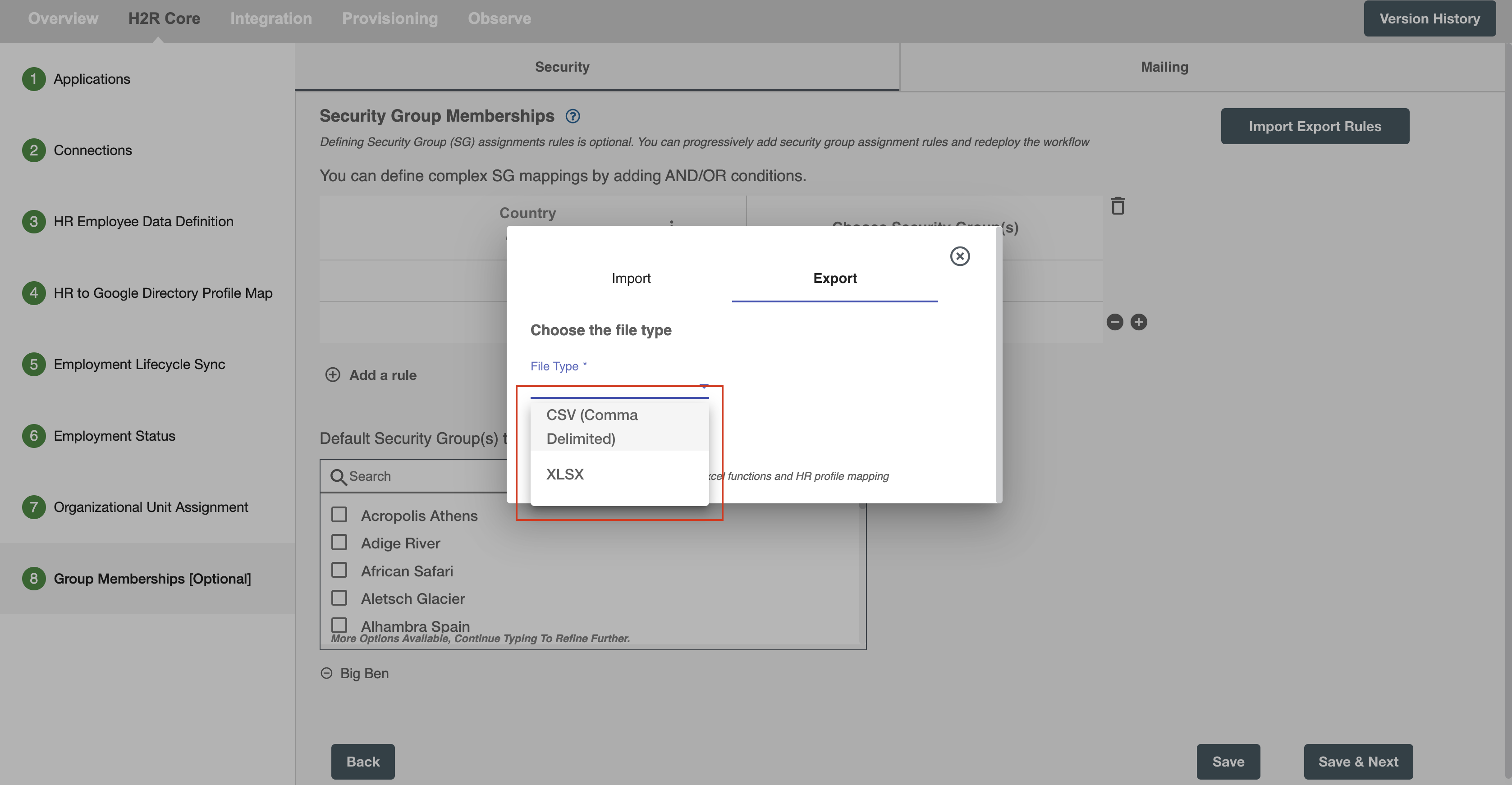 Figure 12. File Formats to Export.
Figure 12. File Formats to Export. -
Now Select the file format from the dropdown and click on Export button. Once clicked your file will get exported in the selected format and the name of the file will be Hire2Retire_SG_Mapping_(TimeStamp).
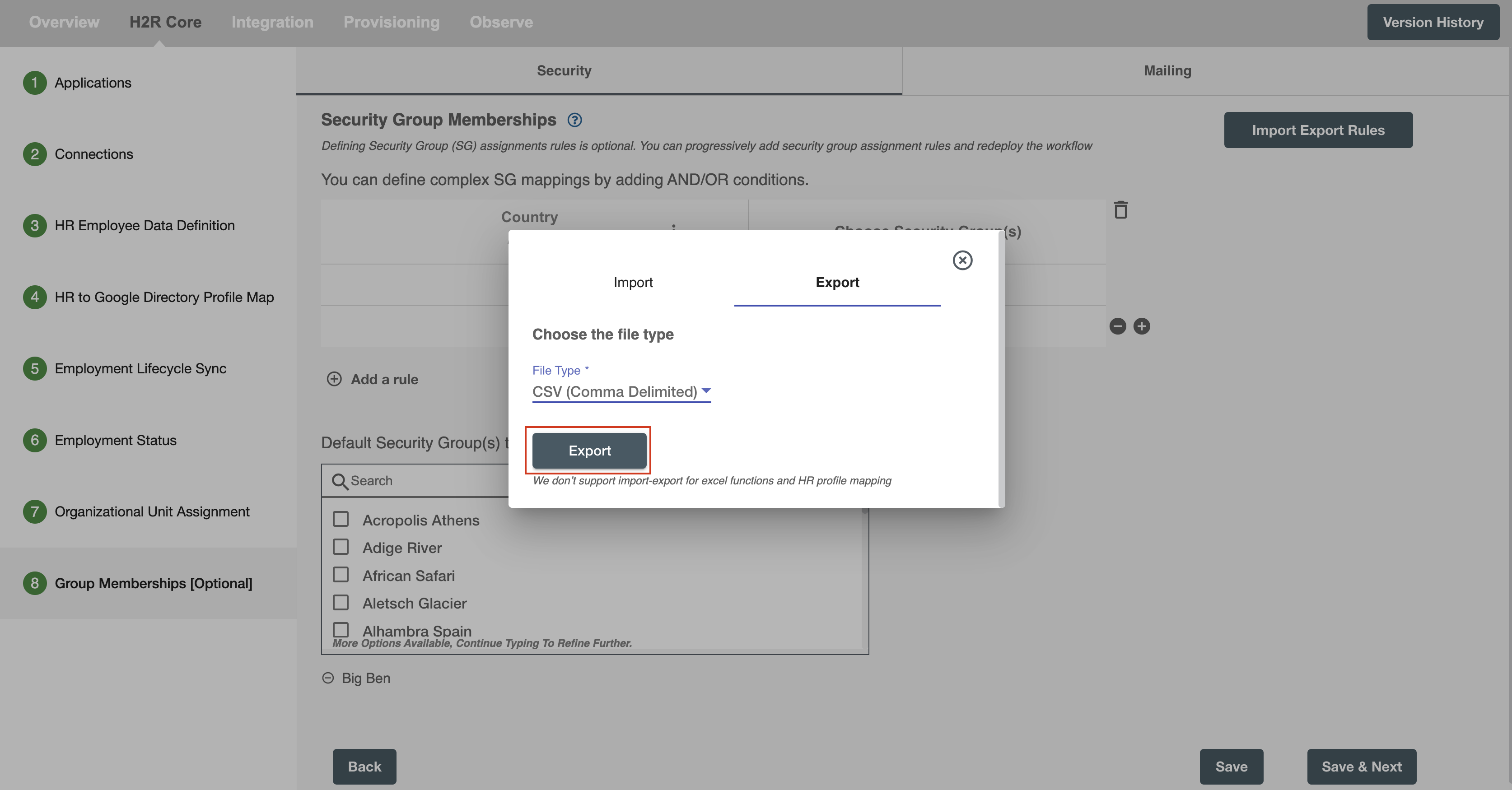 Figure 13. "Export" button.
Figure 13. "Export" button.